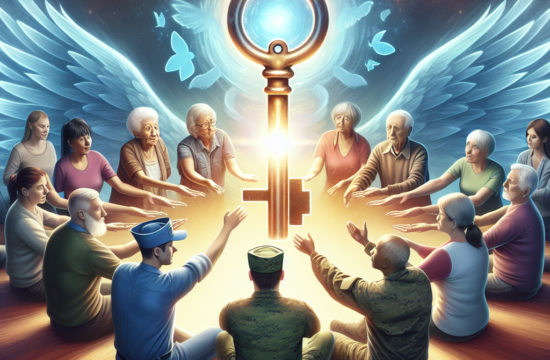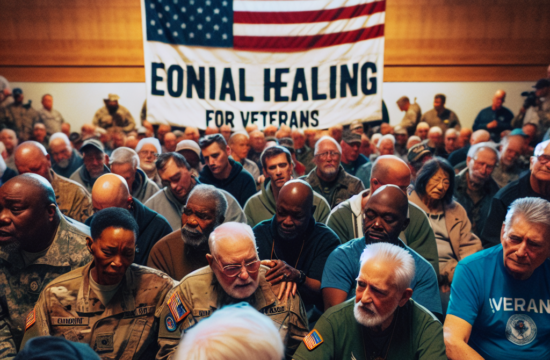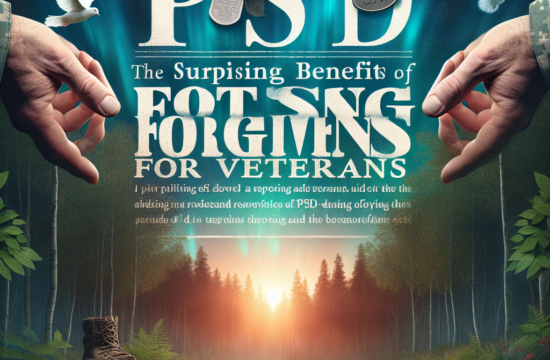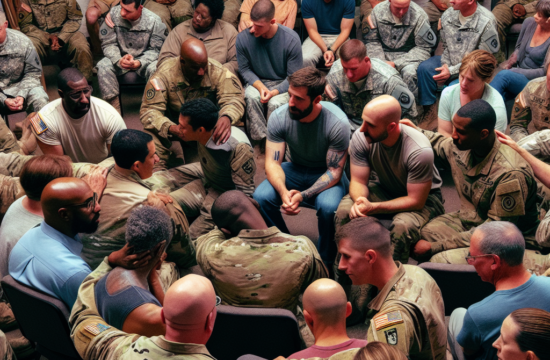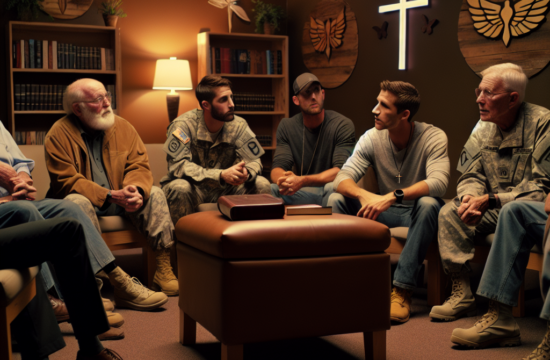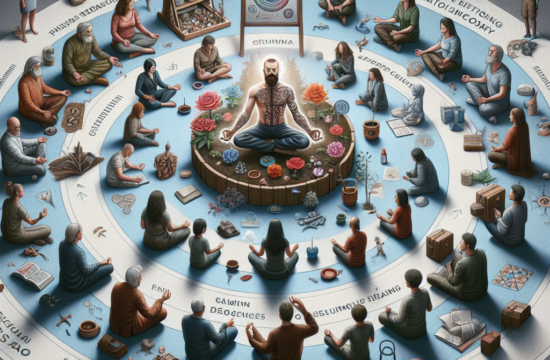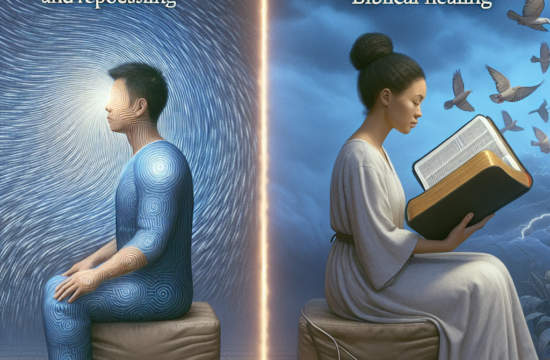==> Thank you for reading this post! Click Here If you are looking for support and Victory over PTSD.
Embracing God’s Comfort
Understanding Divine Support
As someone who’s walked through the challenges of PTSD, one major breakthrough for me was realizing just how much divine support surrounds us. God’s comfort can come in various forms – a serene moment in prayer, the warmth from a loved one, or even a beautiful sunrise that just makes you pause. That still small voice that reassures us can really guide us through the darkest nights.
When I first started addressing my PTSD, I had to remind myself that the weight I was carrying didn’t have to be borne alone. These whispers of comfort show us we’re never truly alone in our struggles. I learned to reach out and listen, creating a space where God’s support could make its presence known.
This divine connection, fostering our awareness of God’s immediate presence, can catalyze profound healing. Reflecting on Scripture, passages like 2 Corinthians 1:3-4 remind us that God is “the Father of compassion and the God of all comfort,” turning our pain into a springboard for healing not just for ourselves, but for others too.
Finding Solace in Prayer
Prayer has been an essential part of my healing journey, serving not only as communication with God but also as a therapeutic outlet for my feelings. When the storms of PTSD rolled in, offering up my fears and anxieties during prayer became a relief I didn’t know I needed. It’s like having a conversation with a trusted friend; you can spill your guts and it’s just between you two.
What’s incredible about prayer is the sense of peace it can bring. There were times I felt so overwhelmed, but just taking a moment to pray helped me focus and realign my thoughts. I realized, over time, that prayer wasn’t just a ritual; it was my anchor.
Moreover, the Lord’s Prayer provides a great structure, reminding me to seek guidance and support from God daily. It’s about surrendering that control and recognizing that I’m part of something larger. That realization is empowering, offering a route to heal the hidden wounds caused by trauma.
Building Community
Isolation tends to creep in when dealing with PTSD. In my experience, building a supportive community has been a game-changer. Whether it was joining a church group or simply connecting with friends who understood what I was facing, having that support was crucial. It was a reminder that others had also faced battles, and sharing those stories fostered connection and healing.
Community offers accountability and encouragement. I recall numerous times when reaching out felt daunting, yet those connections turned out to be lifelines. They provided not only a safe space to express feelings but also practical advice that came from experience.
Proverbs 27:17 says, “As iron sharpens iron, so one person sharpens another.” This speaks volumes in a healing context; we’ve got to connect, lift each other up, and lean on each other during tough times. That bond is pure wisdom that can fuel recovery.
Renewing the Mind
Scriptural Affirmations
Another pivotal part of my recovery involved transforming my thought patterns through Scripture. I began daily affirmations based on biblical verses that spoke to my heart. Phrases like “I am fearfully and wonderfully made” from Psalm 139 became crucial nuggets of truth I could hold onto. Repeating these truths helped reshape the negative inner dialogue that PTSD had instilled in me.
Scriptural affirmations gave me a new lens to see myself and the world. By embedding these truths into my daily mindset, I started noticing shifts. I felt lighter, less burdened by my past, and more capable of facing each day with a sense of purpose and direction.
Moreover, let’s not forget the importance of meditative practices. Just meditating on these verses—allowing their meanings to simmer in my heart—invited peace in moments of chaos. Transforming our minds allows us to look beyond trauma and see the restoration that God intends for our lives.
Practicing Gratitude
Gratitude is another powerful tool I discovered on my journey. Initially, it may sound cliché, but acknowledging and actively practicing gratitude can shift perspectives dramatically. I started maintaining a gratitude journal where I noted small victories and blessings—no matter how trivial they seemed at the moment. These reflections began creating a snowball effect, leading to a deeper appreciation for life.
Research has shown that gratitude can improve mental health. For me, the practice opened my eyes to the positive amid the chaos, helping to counteract the negativity PTSD often throws our way. It’s a reminder that there is beauty to be found, even in the mess.
Philippians 4:6-7 encourages us to present our requests to God with thanksgiving, which resonates deeply with my experience. It becomes a cycle of gratitude and peace—a pathway to healing that continually reinvigorates my spirit.
Acknowledging the Pain
It’s essential to recognize that healing doesn’t mean ignoring pain. Facing the hurts head-on was a significant part of my journey. At first, it was incredibly tough to confront the trauma, but avoiding those feelings only prolonged my suffering. Through biblical wisdom and spirit-led guidance, I found that acknowledging my pain was crucial to processing it and moving forward.
Get Support and Help with Recovery! Visit us for more Information and Support
Understanding that it’s okay not to be okay was liberating. The Bible illustrates time and again that struggles are part of our human experience. I drew comfort from verses like Psalm 34:18, which reassures us that the Lord is close to the brokenhearted, and I began to see my vulnerability not as a weakness but as part of my journey towards healing.
Engaging with professional help or spiritual guidance during this phase deepened my insights and created a supportive structure around my emotional healing. Grieving my past paved the way to welcoming hope and eventual restoration.
Taking Action Steps
Setting Healthy Boundaries
When living with PTSD, setting healthy emotional and physical boundaries is crucial. I learned that it’s okay to say no—a powerful word that acknowledges my limits. Establishing boundaries meant prioritizing my well-being and recognizing that not every obligation needed to involve me, which set the stage for healthier relationships.
These boundaries protected my energy and mental space. I engaged proactively with areas of my life that nurtured my healing journey. It was a revelation to discover that I didn’t have to operate at the same pace as others; I could choose what aligned with my healing process.
Establishing these boundaries wasn’t easy at first, but through personal prayer and guidance, I found the strength to enforce them. It built confidence—a crucial element that encouraged steady progress in my recovery path.
Engaging in Acts of Service
Turning my focus outward through acts of service has been transformative in my healing. Helping others not only provides a sense of purpose but also shifts the focus away from my trauma. I began volunteering at local shelters, interacting with others who were facing their struggles. These interactions illuminated the shared human experience we all navigate through.
In Galatians 5:13, we are reminded to serve one another humbly in love, which resonated deeply as it echoed my experience. Acts of service allowed me to remember that healing is multi-dimensional; our journeys connect, and we can inspire hope in one another.
My volunteering endeavors also created a support network—as I engaged with others, I found solace in shared stories. It became a beautiful reminder that healing is a communal experience and that by sharing our gifts, we could uplift one another.
Seeking Counseling
Lastly, seeking professional counseling should never be underestimated in the healing journey. I initially resisted this idea, thinking I could handle it on my own, but after hitting rock bottom, it became clear that I needed support. Finding a therapist who understood PTSD and aligned with my values was vital, as it created a safe space for exploration and healing.
Therapy has provided tools that help me navigate daily triggers and traumas. It has also reinforced biblical teachings, acting as an extension of my faith-based healing approach. Together with spirituality, counseling has opened new avenues for understanding my emotions and responses, fostering healthy coping strategies.
Additionally, the stories shared in therapy—stories of pain, resilience, and hope—reminded me of how powerful and interconnected our experiences can be. It’s a blessing to find someone who genuinely listens and helps uncover the path to healing.
Frequently Asked Questions
1. How can faith play a role in PTSD recovery?
Faith can offer comfort, community, and a framework for understanding one’s experiences, which can be particularly helpful in dealing with PTSD.
2. What are some practical ways to start using Scripture for healing?
Begin with daily affirmations, quiet reflection on key verses, and developing a habit of gratitude through journaling.
3. Is seeking professional help necessary in the healing journey?
Seeking professional help is often crucial as it provides tailored strategies and emotional support while navigating the complexities of trauma.
4. How can community support assist in healing from PTSD?
Being part of a supportive community fosters connection, shared experiences, and accountability that can significantly enhance recovery.
5. Can acts of service really support my own healing process?
Absolutely! Engaging in acts of service shifts focus away from personal struggles, instilling a sense of purpose and reminding us of our interconnection with others.






